
What is the CPC (Children's Product Certificate)?
What is a General Certificate of Conformity (GCC)?
Manufacturers and importers of general-use products (i.e., non-children’s products) that are subject to consumer product safety rules must certify in writing that their products comply with these applicable rules through a General Certificate of Conformity (GCC). This certification is based on testing or a reasonable testing program.
What is a Children's Product Certificate (CPC)?
A Children's Product Certificate (CPC) is a document required by the Consumer Product Safety Improvement Act (CPSIA). It certifies that a children’s product complies with all applicable product safety rules. This certification depends on whether your product has passed laboratory testing, which must be conducted at a third-party testing laboratory recognized by the Consumer Product Safety Committee (CPSC).
Which Products Require a Children's Product Certificate (CPC)?
All products covered by the CPSIA must provide a CPC. Generally, the CPSIA applies to all toys and children's products sold in the United States, including:
1. Products deemed suitable for children aged 12 years or younger in the market.
2. Products whose packaging indicates suitability for children aged 12 years or younger.
3. Products displayed in toy stores or online stores that sell children’s products, showing suitability for children aged 12 years or younger.
4. Products commonly recognized as primarily intended for children aged 12 years or younger.
Thus, the CPSIA covers any product that might be considered a children’s product, meaning it must obtain a CPC.
Categories of Products Requiring a CPC
Under the CPSIA, the following products intended for children aged 12 years or younger require a CPC:
- Clothing and other textile products
- Toys and infant activity products (e.g., bouncers, swings, walkers)
- Furniture, carpets, and mattresses
- Jewelry, handbags, and accessories
- Transportation products (e.g., strollers, carriers)
- Children’s bathing and feeding products (e.g., bath seats, bathtubs, tableware)
- Outdoor recreational products
- Art materials
- Fireworks and related products
- Chemicals and cleaning supplies
- Miscellaneous products (e.g., hair dryers, metal trash cans, decorative lighting)
Standards Related to the CPC
U.S. Code
- 15 USC 1278a: Requirements for lead content in children’s products and lead paint rule.
- 15 USC 2057c: Ban on certain phthalates in toys and children’s products made of PVC plastic.
Federal Regulations
- 16 CFR Part 1203: Safety standard for bicycle helmets.
- 16 CFR Part 1215: Safety standard for infant bath seats.
- 16 CFR Part 1216: Safety standard for infant walkers.
- 16 CFR Part 1217: Safety standard for toddler beds.
- 16 CFR Part 1218: Safety standard for bassinets and cradles.
- 16 CFR Part 1219: Safety standard for full-size baby cribs.
- 16 CFR Part 1220: Safety standard for non-full-size baby cribs.
- 16 CFR Part 1221: Safety standard for play yards.
- 16 CFR Part 1222: Safety standard for bedside sleepers.
- 16 CFR Part 1223: Safety standard for infant swings.
- 16 CFR Part 1224: Safety standard for portable bed rails.
- 16 CFR Part 1225: Safety standard for hand-held infant carriers.
- 16 CFR Part 1226: Safety standard for soft infant and toddler carriers.
- 16 CFR Part 1227: Safety standard for carriages and strollers.
- 16 CFR Part 1230: Safety standard for frame child carriers.
- 16 CFR Part 1303: Ban on lead-containing paint and certain consumer products bearing lead-containing paint.
- 16 CFR Part 1420: Requirements for all-terrain vehicles.
- 16 CFR Part 1500.86(a)(5): Exemptions for banned toys or other banned articles for children’s use—Clacker.
- 16 CFR Part 1500.86(a)(7) and (8): Exemptions for banned toys or other banned articles for children’s use—dive sticks and similar articles.
- 16 CFR Part 1501: Method for identifying toys and other articles for children under 3 years old that present choking, aspiration, or ingestion hazards because of small parts.
- 16 CFR Part 1505: Requirements for electrically operated toys or other electrically operated articles intended for use by children.
- 16 CFR Part 1510: Requirements for rattles.
- 16 CFR Part 1511: Requirements for pacifiers.
- 16 CFR Part 1512: Requirements for bicycles.
- 16 CFR Part 1513: Requirements for bunk beds.
- 16 CFR Part 1610: Standard for the flammability of clothing textiles.
- 16 CFR Part 1611: Standard for the flammability of vinyl plastic film.
- 16 CFR Part 1615: Standard for the flammability of children's sleepwear: Sizes 0 through 6X.
- 16 CFR Part 1616: Standard for the flammability of children's sleepwear: Sizes 7 through 14.
- 16 CFR Part 1630: Standard for the surface flammability of carpets and rugs.
- 16 CFR Part 1631: Standard for the surface flammability of small carpets and rugs.
- 16 CFR Part 1632: Standard for the flammability of mattresses and mattress pads.
- 16 CFR Part 1633: Standard for the flammability (open flame) of mattress sets.
American Society for Testing and Materials (ASTM)
- astm f1447: Standard specification for helmets used in recreational bicycling or roller skating.
- ASTM F1967: Standard consumer safety specification for infant bath seats.
- ASTM F977: Standard consumer safety specification for infant walkers.
- ASTM F1821: Standard consumer safety specification for toddler beds.
- ASTM F2194: Standard consumer safety specification for bassinets and cradles.
- astm f1169: Standard consumer safety specification for full-size baby cribs.
- ASTM F406: Standard consumer safety specification for non-full-size baby cribs/play yards.
- ASTM F1004: Standard consumer safety specification for expansion gates and expandable enclosures.
- ASTM F2906: Standard consumer safety specification for bedside sleepers.
- ASTM F2088: Standard consumer safety specification for infant swings.
- ASTM F2085: Standard consumer safety specification for portable bed rails.
- ASTM F2050: Standard consumer safety performance specification for hand-held infant carriers.
- ASTM F2236: Standard consumer safety specification for soft infant carriers.
- ASTM F833: Standard consumer safety performance specification for carriages and strollers.
- ASTM F2549: Standard consumer safety specification for frame child carriers.
- ASTM F2853: Standard test method for determination of lead in paint layers and similar coatings or in substrates and homogenous materials by energy-dispersive X-ray fluorescence spectrometry using multiple monochromatic beams.
- ASTM F963: Standard consumer safety specification for toy safety.
- 4.3.5.1(2) (ASTM F963-11): Surface coating materials—metallic soluble testing (effective 06/10/2013).
- 4.3.5.2 (ASTM F963-11): Toy substrate materials (effective 06/10/2013).
- 4.3.6.3 (ASTM F963-11): Cleanliness of liquids, pastes, putties, gels, and powders (excluding cosmetic and microbial decomposition testing) (effective 06/10/2013).
- 4.3.7 (ASTM F963-11): Stuffing materials (effective 06/10/2013).
- 4.5 (ASTM F963-11): Sound-producing toys (effective 06/10/2013).
- 4.6 (ASTM F963-11): Small objects (excluding label and instruction requirements) (effective 06/10/2013).
- 4.7 (ASTM F963-11): Accessible edges (excluding label and instruction requirements) (effective 06/10/2013).
- 4.8 (ASTM F963-11): Projections (excluding bathtub toy projections) (effective 06/10/2013).
- 4.9 (ASTM F963-11): Accessible points (excluding label and instruction requirements) (effective 06/10/2013).
- 4.10 (ASTM F963-11): Wires and rods (effective 06/10/2013).
- 4.11 (ASTM F963-11): Nails and fasteners (effective 06/10/2013).
- 4.12 (ASTM F963-11): Plastic film (effective 06/10/2013).
- 4.13 (ASTM F963-11): Folding mechanisms and hinges (effective 06/10/2013).
- 4.14 (ASTM F963-11): Cords, straps, and elastics (effective 06/10/2013).
- 4.15 (ASTM F963-11): Stability and overload requirements (effective 06/10/2013).
- 4.16 (ASTM F963-11): Confined spaces (effective 06/10/2013).
- 4.17 (ASTM F963-11): Wheels, tires, and axles (effective 06/10/2013).
- 4.18 (ASTM F963-11): Accessible openings (effective 06/10/2013).
- 4.19 (ASTM F963-11): Simulated protective devices (excluding label and instruction requirements) (effective 06/10/2013).
- 4.20.1 (ASTM F963-11): Pacifiers with rubber nipples/nitrosamine testing (effective 06/10/2013).
- 4.20.2 (ASTM F963-11): Toy pacifiers (effective 06/10/2013).
- 4.21 (ASTM F963-11): Projectile toys (effective 06/10/2013).
- 4.22 (ASTM F963-11): Teethers and teething toys (effective 06/10/2013).
- 4.23.1 (ASTM F963-11): Rattles with near-spherical, hemispherical, or circular ends (effective 06/10/2013).
- 4.24 (ASTM F963-11): Squeeze toys (effective 06/10/2013).
- 4.25 (ASTM F963-11): Battery-operated toys (excluding label and instruction requirements) (effective 06/10/2013).
- 4.26 (ASTM F963-11): Toys attached to cribs or play yards (excluding label and instruction requirements) (effective 06/10/2013).
- 4.27 (ASTM F963-11): Stuffed or beanbag-type toys (effective 06/10/2013).
- 4.30 (ASTM F963-11): Toy gun markings (effective 06/10/2013).
- 4.32 (ASTM F963-11): Certain toys with spherical ends (effective 06/10/2013).
- 4.35 (ASTM F963-11): Pom-poms (effective 06/10/2013).
- 4.36 (ASTM F963-11): Hemisphere-shaped objects (effective 06/10/2013).
- 4.37 (ASTM F963-11): Yo-yo elastic tether toys (effective 06/10/2013).
- 4.38 (ASTM F963-11): Magnets (excluding label and instruction requirements) (effective 06/10/2013).
- 4.39 (ASTM F963-11): Openings for handles and steering wheels (effective 06/10/2013).
- ASTM F2710: Standard consumer safety performance specification for commercial cribs.
- ASTM D1230: Standard test method for flammability of apparel textiles.
- ASTM D6545: Standard test method for flammability of textiles used in children's sleepwear.
- ASTM D2859: Standard test method for ignition characteristics of finished textile floor covering materials.
- ASTM E1590: Standard test method for fire testing of mattresses.
Why is a Children's Product Certificate (CPC) Needed?
A CPC is mandatory for all children's products imported to or sold within the United States. Without a CPC, the following issues may occur:
- Customs Detainment: Products may be seized by U.S. Customs.
- Shipping Refusal: Freight forwarders may refuse to ship your products.
- Mandatory Recall: CPSC may issue a mandatory recall.
- Amazon Restrictions: Amazon may refuse to list your product.
Does Amazon Require a Children's Product Certificate (CPC)?
Important notice: As per the latest information from U.S. customs brokers, the CPSC has begun electronically reviewing entries as of March 22, 2021. All products under their jurisdiction will be flagged for review. Prepare relevant documents such as CPC test reports and certifications in advance for customs inspections at the destination port.
Amazon requires a CPC for children's products listed for sale in the United States. Without a CPC, Amazon can refuse new product listings or suspend existing product sales. Additionally, Amazon has strict requirements for CPC details, such as ensuring that the ASTM and CPC standards listed on the CPC match those mentioned in the test report.
Email:hello@jjrlab.com
Write your message here and send it to us
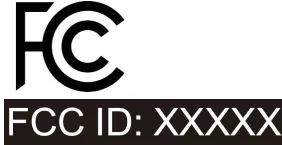 What is FCC Class A vs. Class B?
What is FCC Class A vs. Class B?
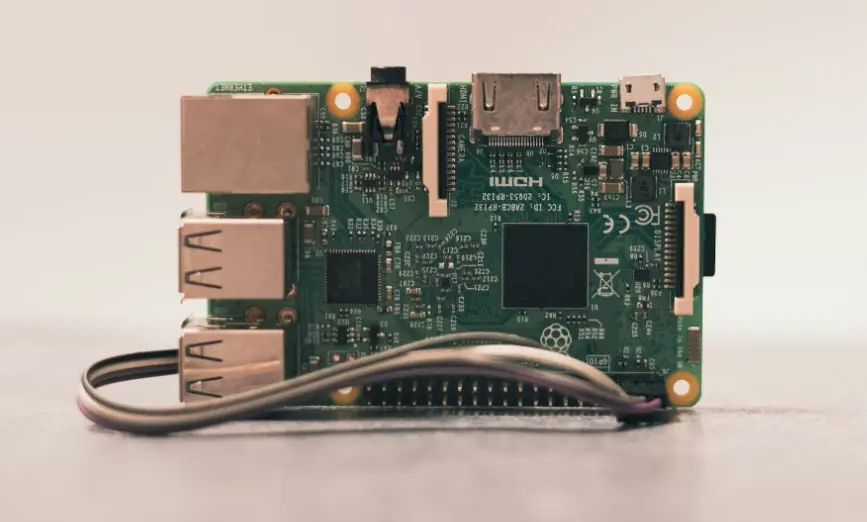 UL Standards for Electrical Equipment
UL Standards for Electrical Equipment
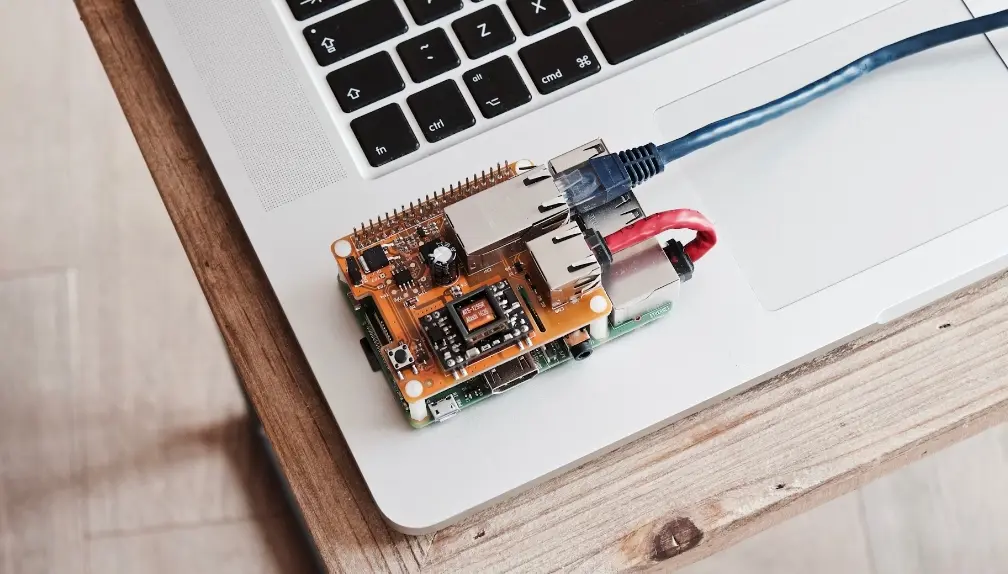 Is UL Certification Required in the USA?
Is UL Certification Required in the USA?
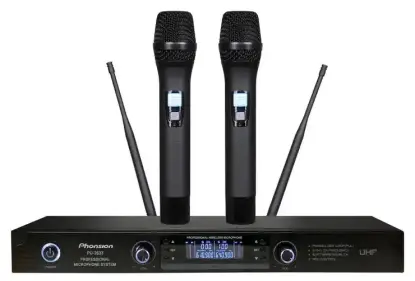 Wireless Microphone Export Certification
Wireless Microphone Export Certification
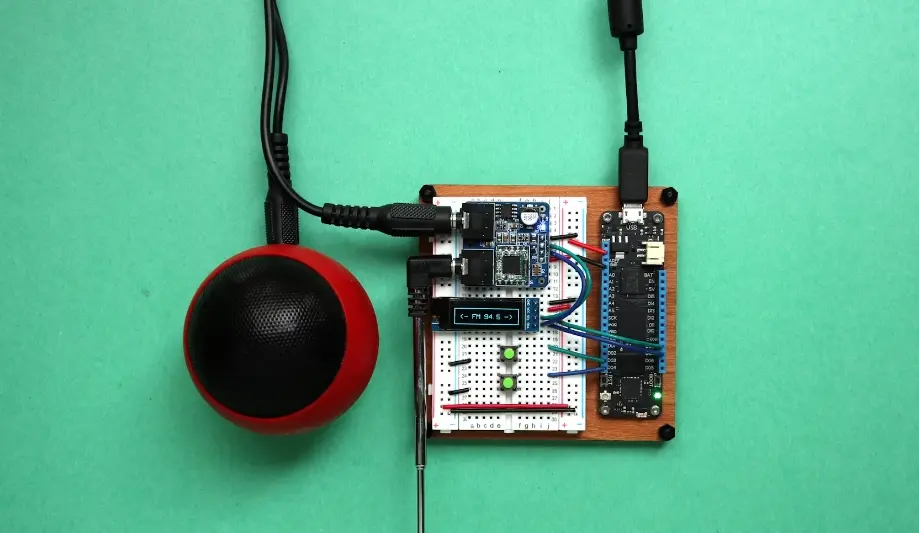 Audio-Visual Products SNI Certification in Indones
Audio-Visual Products SNI Certification in Indones
 FCC-ID: Still Needed if Module is Certified?
FCC-ID: Still Needed if Module is Certified?
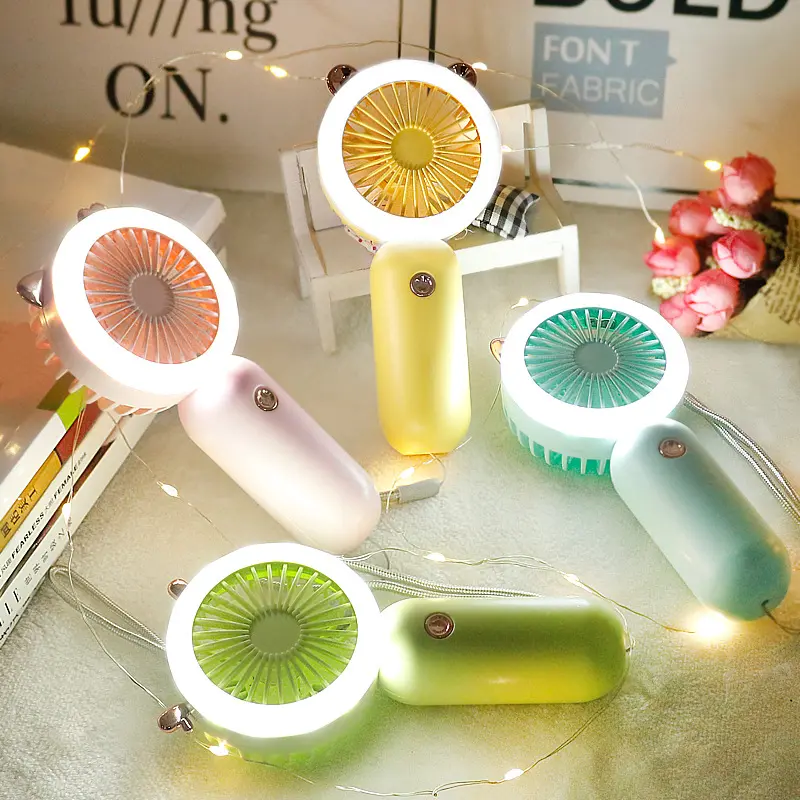 FCC Certification Fees for Handheld Fans
FCC Certification Fees for Handheld Fans
 FCC Certification Testing for Smart Lighting Produ
FCC Certification Testing for Smart Lighting Produ
Leave us a message
24-hour online customer service at any time to respond, so that you worry!




